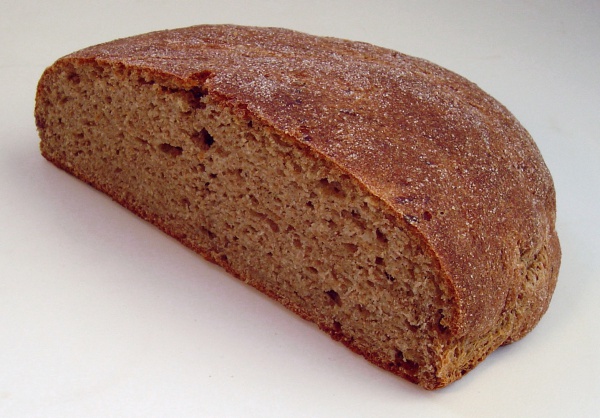Facts About Potato bread
Potato bread is a delightful variation on traditional bread, incorporating potato flour or mashed potatoes in place of some of the wheat flour. It can be prepared in various ways—on a griddle, in a pan, or baked in an oven. There are countless recipes, both leavened and unleavened, each offering its unique approach to the amount of potato used. Some recipes call for mashed potatoes, while others use dehydrated potato flakes. This versatile bread appears on store shelves in many countries, each with distinct ingredients and preparation methods.
Around the world, potato bread is known by many names. In Ireland, you might encounter it as slims, fadge, potato cake, potato farls, or tatie bread. It is a staple in the cuisine of Chiloé in southern Chile, with variations like milcao and chapalele being particularly popular. In Germany, Kartoffelbrot is a type of potato bread that often includes spelt and rye flour, while Berches is a special German-Jewish potato bread traditionally made for Shabbat using boiled, mashed potatoes. Other countries such as Hungary, Ireland, Poland, Scotland, and the United States have their unique interpretations of potato bread, each infused with local flavors.
In Ireland, potato bread or cakes—known as boxty and potato farls—are especially cherished, particularly in Northern Ireland, where they are a key component of the traditional Ulster fry. In Poland, Okrągły chleb kartoflany is a light and airy version of potato bread. Scotland offers tattie scones, which are similar to the Irish potato farl. The United States has its commercial versions of potato bread, often featuring a subtle potato flavor. Additionally, Cherokee sweet potato bread is a delicious American variant that uses sweet potatoes instead of regular potatoes.

 United Kingdom
United Kingdom